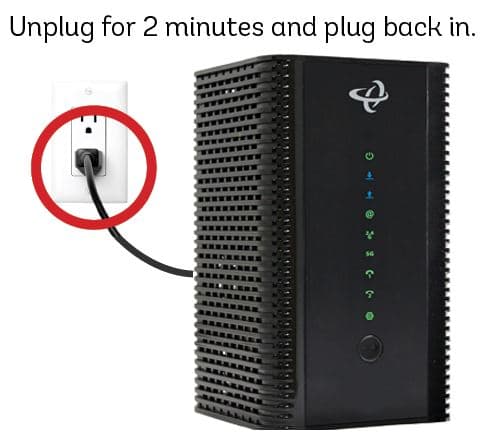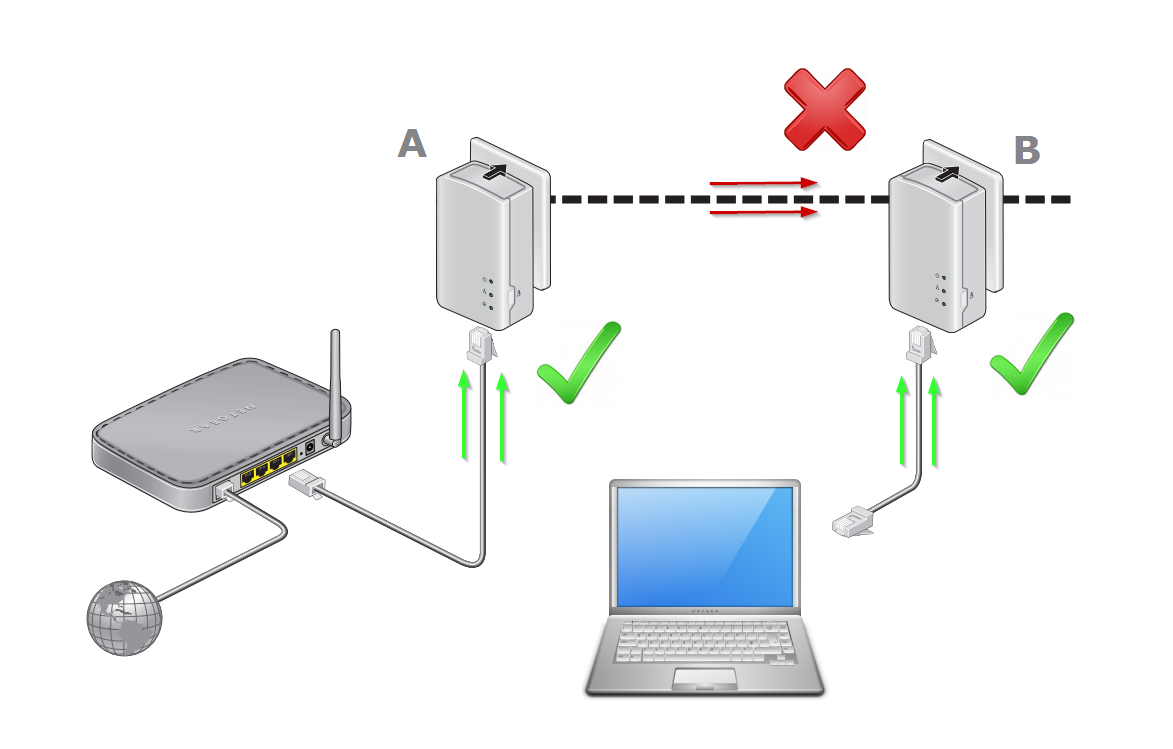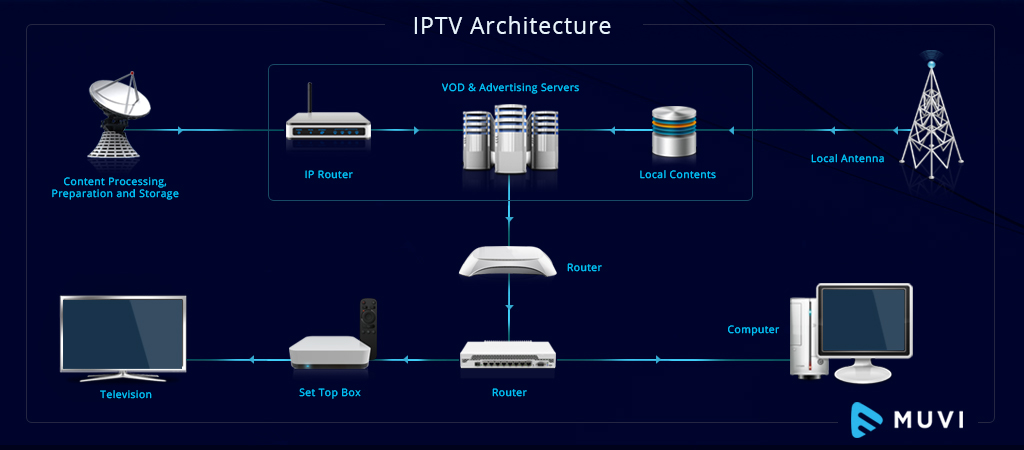Are you struggling with connectivity issues or slow network speeds? Ethernet cable problems are often the culprit. In this comprehensive guide, we’ll walk you through the latest techniques and best practices for identifying, diagnosing, and solving Ethernet cable problems in 2024. Whether you’re an IT professional, network administrator, or tech-savvy enthusiast, you’ll find actionable insights to keep your network running smoothly.
Introduction
In today’s digital age, reliable and high-speed network connectivity is essential for businesses and homes alike. Ethernet cables form the backbone of these networks, carrying data at blazing speeds. However, even the most advanced networks can fall victim to cable-related issues that degrade performance or cause complete outages.
According to a recent study by the Ethernet Alliance, cable problems account for up to 40% of all network issues. As we move into 2024, understanding how to effectively troubleshoot Ethernet cable problems is crucial for maintaining optimal network performance.
Understanding Ethernet Cable Standards
Before diving into troubleshooting, let’s review the current Ethernet cable standards and their specifications:
Cat 5e
- Bandwidth: Up to 100 MHz
- Max Speed: 1 Gbps
- Max Length: 100 meters
Cat 6
- Bandwidth: Up to 250 MHz
- Max Speed: 10 Gbps up to 55 meters, 1 Gbps up to 100 meters
- Max Length: 100 meters
Cat 6a
- Bandwidth: Up to 500 MHz
- Max Speed: 10 Gbps up to 100 meters
- Max Length: 100 meters
Cat 8
- Bandwidth: Up to 2 GHz
- Max Speed: 40 Gbps up to 30 meters, 25 Gbps up to 50 meters
- Max Length: 50 meters
Common Ethernet Cable Problems
Several factors can contribute to Ethernet cable issues. Here are the most common problems:
Physical Damage
Ethernet cables are susceptible to physical damage from bending, crushing, or stretching. Visible signs include:
- Kinks or sharp bends
- Torn or frayed cable jacket
- Damaged connector pins
Electromagnetic Interference (EMI)
EMI from nearby electrical devices can disrupt data transmission, leading to errors or slowdowns. Common sources of EMI include:
- Power lines
- Fluorescent lights
- Electric motors
Improper Termination
Poorly terminated cables can cause intermittent connectivity or complete failure. Watch out for:
- Loose or damaged connectors
- Incorrect wiring schemes (e.g., 568A vs. 568B)
- Exposed wires or insufficient crimp
Exceeding Length Limits
Each Ethernet standard has a maximum recommended length. Exceeding these limits can result in signal degradation and performance issues. Refer to the specifications in the “Understanding Ethernet Cable Standards” section.
Troubleshooting Steps
When faced with Ethernet cable problems, follow these steps to identify and resolve the issue:
Visual Inspection
Begin by visually inspecting the entire length of the cable for signs of physical damage. Look for:
- Kinks, bends, or twists
- Frayed or cut cable jacket
- Damaged connectors or pins
If you find any damage, replace the cable.
Continuity Testing
Use a cable tester to check for continuity and proper pin connections. A cable tester can identify:
- Open or shorted wires
- Miswired pairs
- Incorrect termination
Follow the tester’s instructions and replace the cable if it fails the continuity test.
Cable Certification
For mission-critical installations or compliance with industry standards, consider certifying your Ethernet cables. Cable certification involves:
- Testing against TIA/EIA standards
- Verifying performance parameters (e.g., attenuation, crosstalk, return loss)
- Generating detailed test reports
Use a certified cable tester and follow the manufacturer’s guidelines for accurate results.
Network Diagnostics
If the cable passes physical inspection and continuity tests, use network diagnostic tools to assess performance. These tools can help identify:
- Bandwidth utilization
- Packet loss
- Latency or jitter issues
Common diagnostic tools include:
- iperf
- Wireshark
- Ping and traceroute
Analyze the results and consult with network experts if needed.
Prevention and Best Practices
To minimize the risk of Ethernet cable problems, follow these best practices:
Proper Cable Selection
Choose the appropriate cable standard for your network’s current and future needs. Consider factors such as:
- Required bandwidth and speed
- Distance between devices
- Environmental conditions (e.g., temperature, humidity, EMI)
Refer to the “Understanding Ethernet Cable Standards” section for guidance.
Installation Techniques
Use proper installation techniques to prevent damage and ensure optimal performance:
- Follow the manufacturer’s bend radius guidelines
- Avoid stretching or twisting the cable
- Use cable ties or velcro wraps for neat organization
- Maintain adequate separation from power lines and EMI sources
Cable Management
Implement a cable management system to keep your Ethernet cables organized and protected:
- Use cable trays, conduits, or raceways
- Label each cable at both ends for easy identification
- Group cables by function or device
- Avoid running cables through high-traffic areas
Regular Maintenance
Perform regular maintenance to catch potential issues early:
- Visually inspect cables for signs of wear or damage
- Test cable performance using diagnostic tools
- Keep an inventory of spare cables for quick replacements
- Update cable documentation and labeling as needed
Industry Trends and Future Outlook
As we look ahead to 2024 and beyond, several trends are shaping the future of Ethernet cabling:
- Increasing Bandwidth Demands: The proliferation of high-bandwidth applications like 4K video streaming, virtual reality, and cloud computing is driving the need for faster Ethernet speeds. Cat 6a and Cat 8 cables are becoming more prevalent to meet these demands.
- Power over Ethernet (PoE) Adoption: PoE technology allows Ethernet cables to carry both data and electrical power, simplifying device installation and management. The latest PoE standards, such as IEEE 802.3bt, support up to 90 watts of power delivery.
- Fiber Optic Integration: While copper Ethernet cables remain the norm for short-distance connections, fiber optic cables are gaining traction for longer runs and high-bandwidth applications. Hybrid copper-fiber solutions are emerging to provide the best of both worlds.
- Wireless Coexistence: As wireless technologies like Wi-Fi 6 and 5G become more advanced, Ethernet cables will continue to play a crucial role in providing backhaul connectivity and ensuring reliable performance.
Frequently Asked Questions
There’s no hard and fast rule, but it’s generally recommended to replace cables every 5-10 years, or sooner if you notice signs of damage or degraded performance.
While it’s technically possible, it’s not recommended. The overall network performance will be limited by the slowest cable in the link. For best results, use the same cable category throughout your network.
Shielded cables have an extra layer of foil or braided shielding to protect against EMI, while unshielded cables rely on the cable’s twist rate for protection. Shielded cables are better suited for environments with high EMI, but they’re more expensive and less flexible.
Conclusion
Ethernet cable problems can be frustrating, but with the right knowledge and tools, they’re quite manageable. By understanding the different cable standards, recognizing common issues, and following a systematic troubleshooting approach, you can quickly identify and resolve most cable-related problems.
As we’ve seen, prevention is just as important as troubleshooting. By selecting the appropriate cables, using proper installation techniques, implementing cable management, and performing regular maintenance, you can minimize the risk of Ethernet cable issues and ensure optimal network performance.
Looking ahead, the Ethernet landscape is evolving rapidly, with new technologies and standards emerging to meet the ever-growing demand for speed and reliability. As an IT professional or network enthusiast, staying up-to-date with these trends will be key to designing and maintaining cutting-edge networks in 2024 and beyond.
References
Ethernet Alliance. (2023). Ethernet Cabling Troubleshooting Guide. Retrieved from https://ethernetalliance.org/cabling-troubleshooting-guide/
IEEE. (2023). IEEE 802.3 Ethernet Working Group. Retrieved from https://www.ieee802.org/3/
Ethernet Alliance. (2023). Power over Ethernet (PoE) Overview. Retrieved from https://ethernetalliance.org/poe-overview/
Corning. (2023). Hybrid Copper-Fiber Cabling Solutions. Retrieved from https://www.corning.com/worldwide/en/products/communication-networks/applications/hybrid-copper-fiber-cabling.html
Cisco. (2023). Ethernet and Wireless Coexistence. Retrieved from https://www.cisco.com/c/en/us/solutions/collateral/enterprise-networks/ethernet-wirelesscoexistence.html
Commercial Cable Products Inc. (2023) Ethernet Cable Lifespan. Retrieved from https://www.comcables.com/blog/ethernet-cable-lifespan
Fluke Networks. (2023). Cable Mixing: Do’s and Don’ts. Retrieved from https://www.flukenetworks.com/blog/cabling-chronicles/cable-mixing-dos-and-donts
Belden. (2023). Shielded vs. Unshielded Cables: Which Is Best for Your Network? Retrieved from https://www.belden.com/blogs/shielded-vs-unshielded-cables





